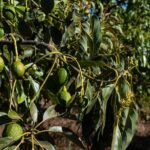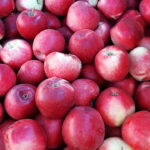Caigua, the Incan veggie on the comeback trail

A public-private partnership in Chile aims to develop agronomic management for the vegetable 'caigua' (Cyclanthera pedata), known for its health benefits in reducing cholesterol. 
Native to the Andean region of northern Chile and Peru, the vegetable's name comes from the Quechua language and has many spellings including 'kaywa' and is also known by the name 'achuqcha'.
The crop, its use and its medicinal properties are virtually unknown to most of the Chilean population, but it is a fundamental source of nutrition for indigenous people in the region.
Whether it's consumed fresh, in juice form or dried, the caigua has been shown to have a host of health benefits including a reduction of cholesterol levels and circulatory problems, and the vegetable also acts as an anti-inflammatory, has a hypoglycemic effect, reduces coronary problems and controls hypertension.
This is why the Universidad de Chile, together with the Union of Rural Family Agriculture (UNAF) and the Agricultural Shrimp Cooperative, have sought the support of the Agricultural Innovation Foundation (FIA), which is undertaking an initiative to rescue, characterize and develop agronomic management techniques of the vegetable.
Photo: FIA













































